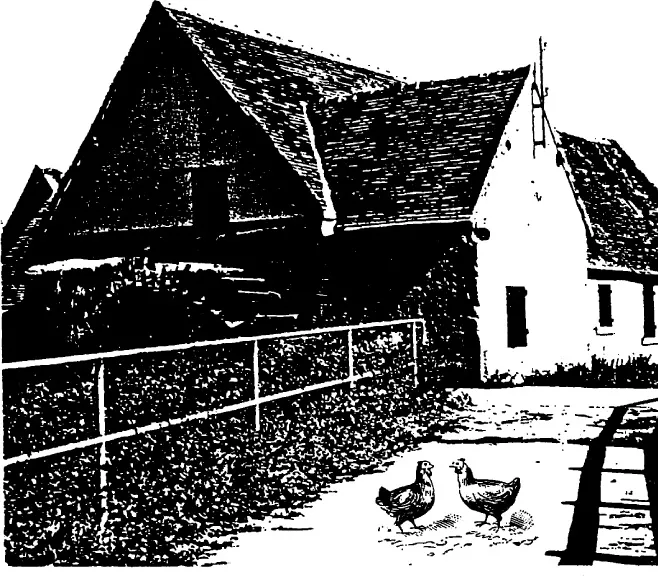![]()
A MEETING WITH LÉVI-STRAUSS
Claude Lévi-Strauss is one of the most influential thinkers of our time. One of his many achievements has been to place anthropology at the heart of the evolution of contemporary French thought. He set about systematically putting into place, from the ground up, entire new systems for explaining humanity to itself. In effect, he reinvented modern anthropology.
During the 1950s and 60s, Lévi-Strauss’s name became associated with a movement known as structuralism which was to influence the entire spectrum of disciplines that makes up the human sciences.
On a snowy afternoon, 19 November 1996, the author of this book interviewed Claude Lévi-Strauss at the Collège de France in Paris.
Lévi-Strauss has elaborated new theories in nearly all the key domains of anthropology. In doing so, he has also put into place a general theory of culture which emphasizes the importance of hidden structures, analogous to a kind of syntax, operating behind the scenes.
The origins of Lévi-Strauss’s thought lie ultimately in the rainswept forests of the South American continent, home to the Caduveo, the Bororo and the Nambikwara. It was there that his encounter with “primitive” man first took place.
Claude Lévi-Strauss was born in Brussels in 1908. He was brought up in Paris’s 16th arrondissement (where he still lives today) in a street named after the artist Nicolas Poussin (1594–1665), whom he came to admire and write about. His father was a portrait painter and his great-grandfather on his father’s side, Isaac Strauss (born in Strasbourg in 1808), was a violinist, composer and conductor who worked with Berlioz and Offenbach.
In 1914, when the Great War broke out and his father was conscripted, Lévi-Strauss went to live with his mother and her sisters in the house of his maternal grandfather, the chief rabbi of Versailles.
He studied law, then sat the agrégation in philosophy, which he taught in a secondary school (a subject still taught in French secondary schools today) until 1935.
Among those preparing for the agrégation at the same time as Lévi-Strauss were Maurice Merleau-Ponty (1908–61) and Simone de Beauvoir (1908–86). French philosophy at the time was marked by its neo-Kantianism, and many traces of the thought of the great Enlightenment philosopher Immanuel Kant (1724–1804) can be found in Lévi-Strauss’s work.
In 1935, disillusioned with philosophy, Lévi-Strauss accepted an offer to become a lecturer in sociology at the University of São Paulo in Brazil.
This was his first encounter with the Bororo and the Caduveo whose unique mode of artistic expression – a complex form of body painting – he later analyzed in great detail.
“I thought I was re-living the adventures of the first explorers of the 16th century. I was once again discovering, but with my own eyes, the New World. Everything seemed fantastic to me: the landscapes, the animals, the plants.” [CL-S]
It was during a later expedition in 1938 that Lévi-Strauss carried out field research among the Nambikwara, a semi-nomadic group with whom he lived for several months.
Lévi-Strauss had discovered the “noble savages” celebrated by Jean-Jacques Rousseau (1712–78) and other 18th century Enlightenment philosophers.
After these two trips, however, Lévi-Strauss was soon to discover that he was more suited for the work of the cabinet anthropologist (ethnology) than for field work (ethnography).
It was in the New York public library in 1943 that Lévi-Strauss, then a Jewish refugee who had fled the German invasion of France, began work on what became his doctoral thesis and first book: The Elementary Structures of Kinship. This work revolutionized the anthropological study of kinship systems and established his reputation among professional anthropologists.
It was also at this time that Lévi-Strauss began to discover primitive art – not in ethnographic museums, but in the windows of New York antique dealers.











